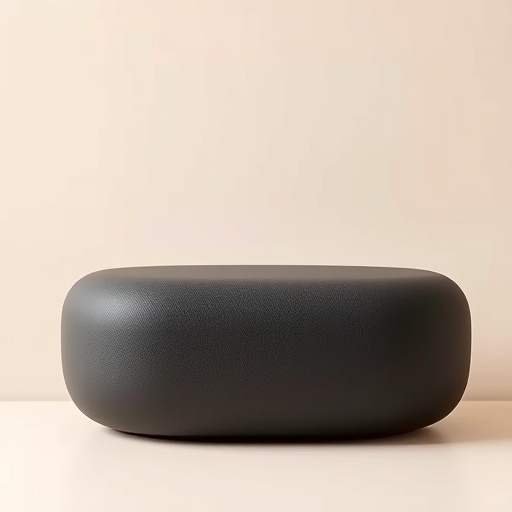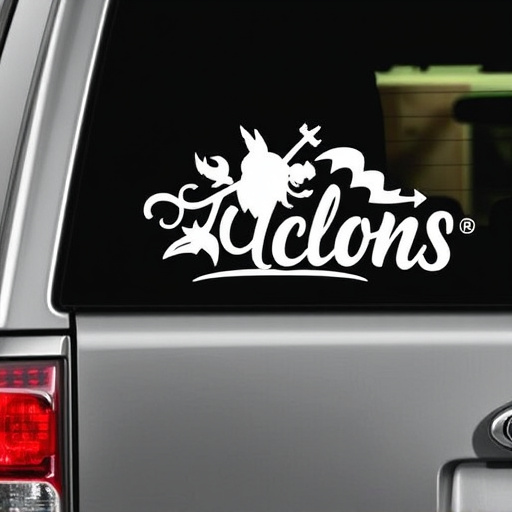Glass ceramic coatings revolutionize automotive protection and styling with durable, glossy finishes that shield paintwork from environmental damage. They enable customization with high-quality graphics and provide superior resistance against scratches, stains, and UV damage. DIY application offers a cost-effective alternative to professional detailing, requiring quality coatings, application tools, gloves, goggles, and templates or stencils for custom designs. The process involves thorough cleaning, even coating application, drying, curing through air or UV light, resulting in a sleek, protective finish comparable to professional work.
“Ever wondered if you could achieve professional-grade results with a DIY glass ceramic coating project? This guide unveils the secrets behind this advanced protective layer, transforming your glass surfaces. From understanding the basics and benefits of glass ceramic coating to gathering the essential tools and materials, we empower you to take on this task confidently.
By following our step-by-step process, you’ll learn how to apply and cure your own high-quality coating, ensuring durable protection and a sleek finish.”
- Understanding Glass Ceramic Coating: Basics and Benefits
- Tools and Materials for DIY Coating Projects
- Step-by-Step Guide: Applying and Curing Your Coating
Understanding Glass Ceramic Coating: Basics and Benefits
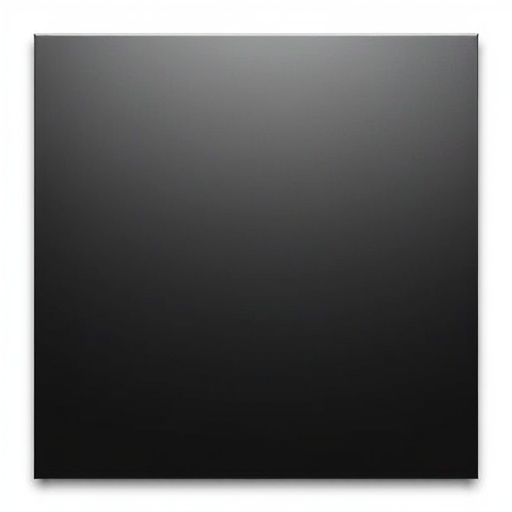
Glass ceramic coatings have revolutionized the automotive industry, offering an innovative solution for vehicle protection and enhancing aesthetics. This advanced coating technology provides a durable, glossy finish that not only shields the car’s paintwork from harsh environmental factors but also adds a layer of custom graphics and design possibilities. By applying this coating, you can achieve high-quality finishes that rival professional work, allowing for personalization and unique styling.
The benefits extend beyond aesthetics; ceramic coatings provide excellent resistance to scratches, stains, and UV damage, ensuring your vehicle’s exterior remains pristine over time. This DIY option empowers car enthusiasts to take control of their vehicle care, offering a cost-effective alternative to frequent professional detailing while still achieving professional-grade results.
Tools and Materials for DIY Coating Projects
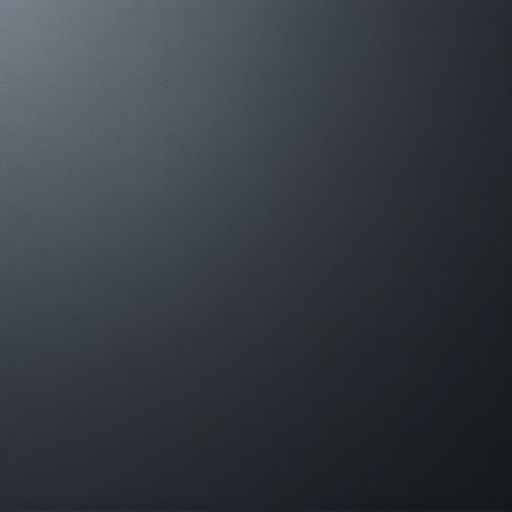
When tackling a DIY glass ceramic coating project, having the right tools and materials is essential for achieving professional results. For starters, you’ll need a high-quality ceramic coating product designed specifically for glass or ceramics. These coatings often come in liquid form and offer exceptional durability, protection against scratches, and enhanced glossiness. Look for products that are user-friendly, easy to apply, and suitable for your desired finish, whether it’s a sleek matte or a vibrant, glossy shine.
Additional must-haves include various application tools such as microfibers, foam pads, or brushes tailored for ceramic coatings. These tools ensure even distribution of the coating and help achieve a seamless, professional-grade finish. Don’t forget protective gear like gloves and goggles to safeguard against potential fumes or splashes during the application process. For those aiming to create custom graphics or intricate designs, consider investing in templates or stencils to guide your artwork, taking your automotive detailing or ceramic coating project to the next level.
Step-by-Step Guide: Applying and Curing Your Coating
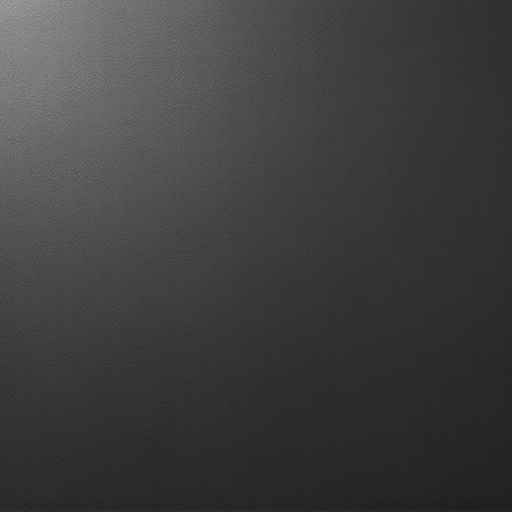
Applying a glass ceramic coating is an art that can transform your car’s exterior, giving it a sleek, protective finish. This DIY process involves several precise steps to ensure optimal results, matching professional-level quality. Start by preparing your workspace and gathering all necessary materials, including your chosen glass ceramic coating product, application tools (like foam rollers or brushes), and a suitable surface protector for your work area.
Begin the application process by thoroughly cleaning and decontaminating the car’s surface to remove any dust or contaminants that might affect adhesion. Next, apply an even layer of the coating using your chosen tool, ensuring complete coverage without overlaps. Allow it to dry as per the manufacturer’s instructions, often a matter of minutes. Once dry, inspect for any imperfections, and if needed, reapply for a seamless finish. The curing process involves letting the coating harden further, usually through exposure to ambient air or UV light, resulting in a durable, high-gloss protective layer on your vehicle—a true testament to successful car customization.
Glass ceramic coatings have long been a domain of professionals, but with the right knowledge and tools, DIY enthusiasts can now achieve professional-grade results at home. By understanding the basics, gathering the necessary materials, and following a simple step-by-step guide, you too can transform your surfaces with durable, protective, and aesthetically pleasing glass ceramic coatings. Embracing this do-it-yourself approach not only saves costs but also empowers you to customize finishes according to your preferences.








